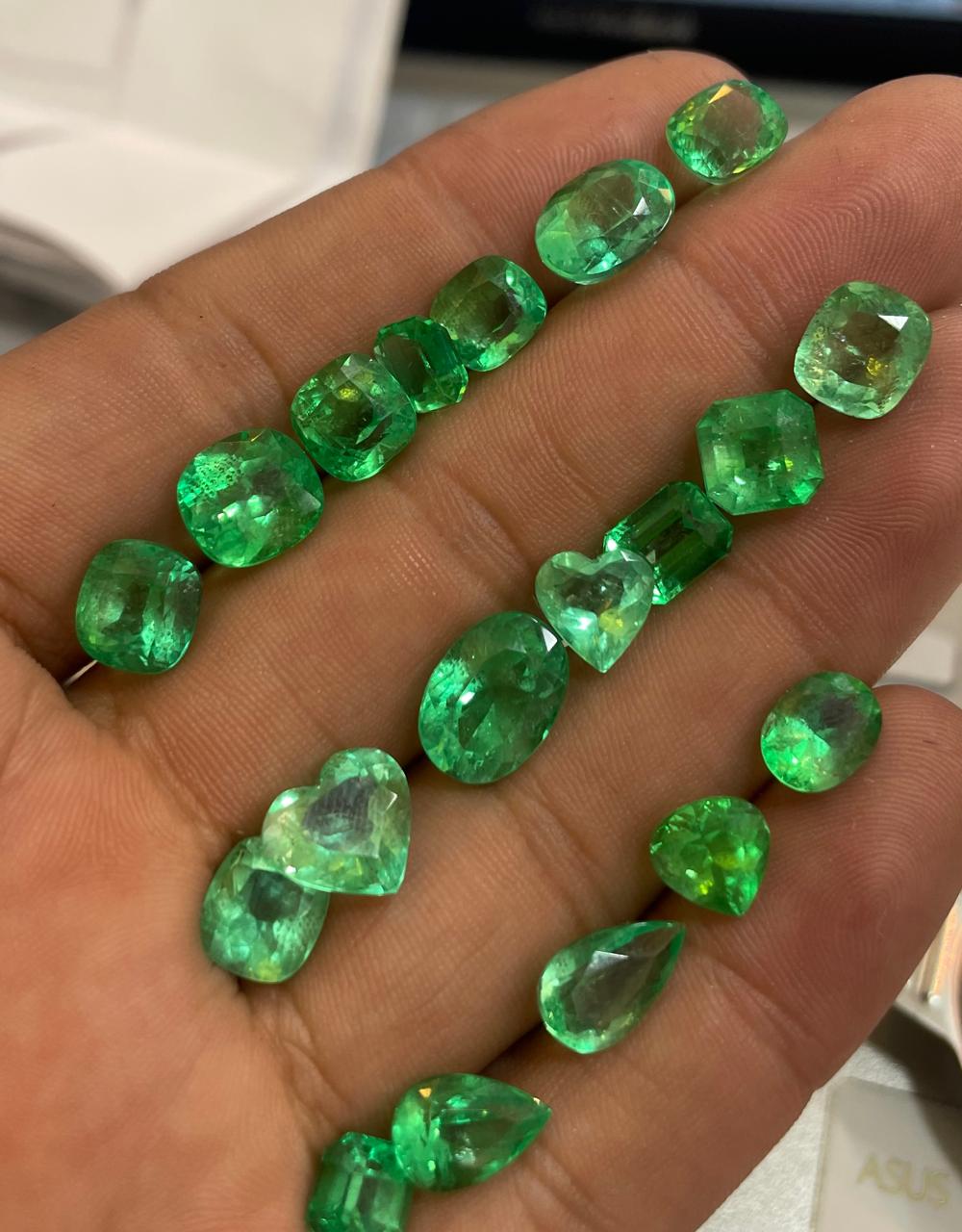Emerald Mines in Egypt
Emeralds, wonderful precious stones that have captivated millions of people over the centuries, have become the greatest scientific and historical challenge for those who seek to know the origin of the mines in which their exploitation began in Ancient Egypt.
After several studies carried out since the year 2000 and which ended in 2020, during the first archaeological intervention of the "Sikait Project" , a project directed by Professor Joan Oller Guzmán of the Autonomous University of Barcelona (UAB), the scientific community has close to what could be the cradle of emeralds in Upper Egypt, the Wadi Sikait mine.
Next, we will tell you about the main findings of this investigation, and also, you will learn about some curiosities about emeralds in Roman times. Let's see!
Wadi Sikait, the origin of the emerald in Egypt
Located in the eastern desert of Egypt, 45 kilometers from the Red Sea coast, archaeologists have discovered what is considered the largest and best preserved emerald deposit from Roman times, Wadi Sikait.
There it was discovered that mining activity was almost entirely linked to religious beliefs. The foregoing, since by focusing on three architectural axes of the time, findings were found that demonstrate this theory in three different structures:
– First structure: known to archaeologists as the “Administrative Building”, this site was almost certainly a temple that was active between the 1st and 4th-5th centuries. There, 19 coins were recovered, along with other elements that indicate ritual use within the main emerald deposit of the time.
– Second structure: the so-called “Great temple”, one of the best preserved structures in Wadi Sikait, also contained objects for religious use such as some bones and amulets. The structure was in operation between the 4th and 5th centuries AD, although it is very likely that the internal sanctuaries were used earlier.
– Third structure: the complex known as the “Six Windows Building”, perhaps a residential space, included an older interior cavity. Of all the structures mentioned above, this is perhaps the one that was most closely related to the emerald mining activity.
What were the emerald mines like?
According to the same study previously revealed, and after analyzing most of these spaces in Wadi Sikait, it was concluded that almost none of the structures were properly an emerald mining point, since they were mainly storage spaces, religion or housing. .
However, the study of the underground structures present in Wadi Sikait and its surroundings has made it possible to document several beryllium (emerald) mining spaces.
Detailed analysis of some of the mines revealed evidence of their structure, typology and evolution, including the discovery of the first record inscription ever found in an ancient emerald mine (data not fully disclosed after the study).
For now, only small aspects of the investigation have been reported, however it is believed that the excavations in Wadi Sikait will provide key evidence in the future to determine how the emerald mines were exploited.
Thus, future archaeological investigations in the place will focus above all on documenting the mining complexes to obtain a complete vision of the process of extraction and commercialization of emeralds in Roman times, which will provide a greater historical context about this precious gem.
Beliefs of emeralds in Egypt
Although Ancient Egypt was the home of emeralds, it wasn't the only thing that gave these stones their broad appeal. For the Egyptians its intense green color represented:
- Be reborn
- Fertility
- Can
- And most importantly, eternal youth
Emeralds were used in funeral rituals as a reminder of youth, but they were also believed to have the ability to treat eye diseases, possibly related to their supposed clairvoyant properties.
Cleopatra and the emeralds, the stone of Upper Egypt
Perhaps the most ardent admirer of emeralds in Roman times was Cleopatra, as she adored these gems. Her love for them was linked to the beliefs and times of Ancient Egypt.
Cleopatra was so obsessed with emeralds, it is believed that she claimed ownership of some of the most important mines that belonged to the Greeks because she wanted these stones for herself.
It is said that Cleopatra was even in the habit of offering visiting dignitaries a particular gift, a large representation of herself carved from large emeralds.
Paula A. Bonilla
Social communicator and journalist from Sergio Arboleda University in Colombia. She is also a jeweler and is passionate about constantly learning about precious gems and national high jewelry.
Currently, she is working for one of Bogotá's most important jewelry stores, Emerald by Love. This jewelry store has over 40 years of experience and has 2 physical branches in the capital city of Colombia, located in the city center.


